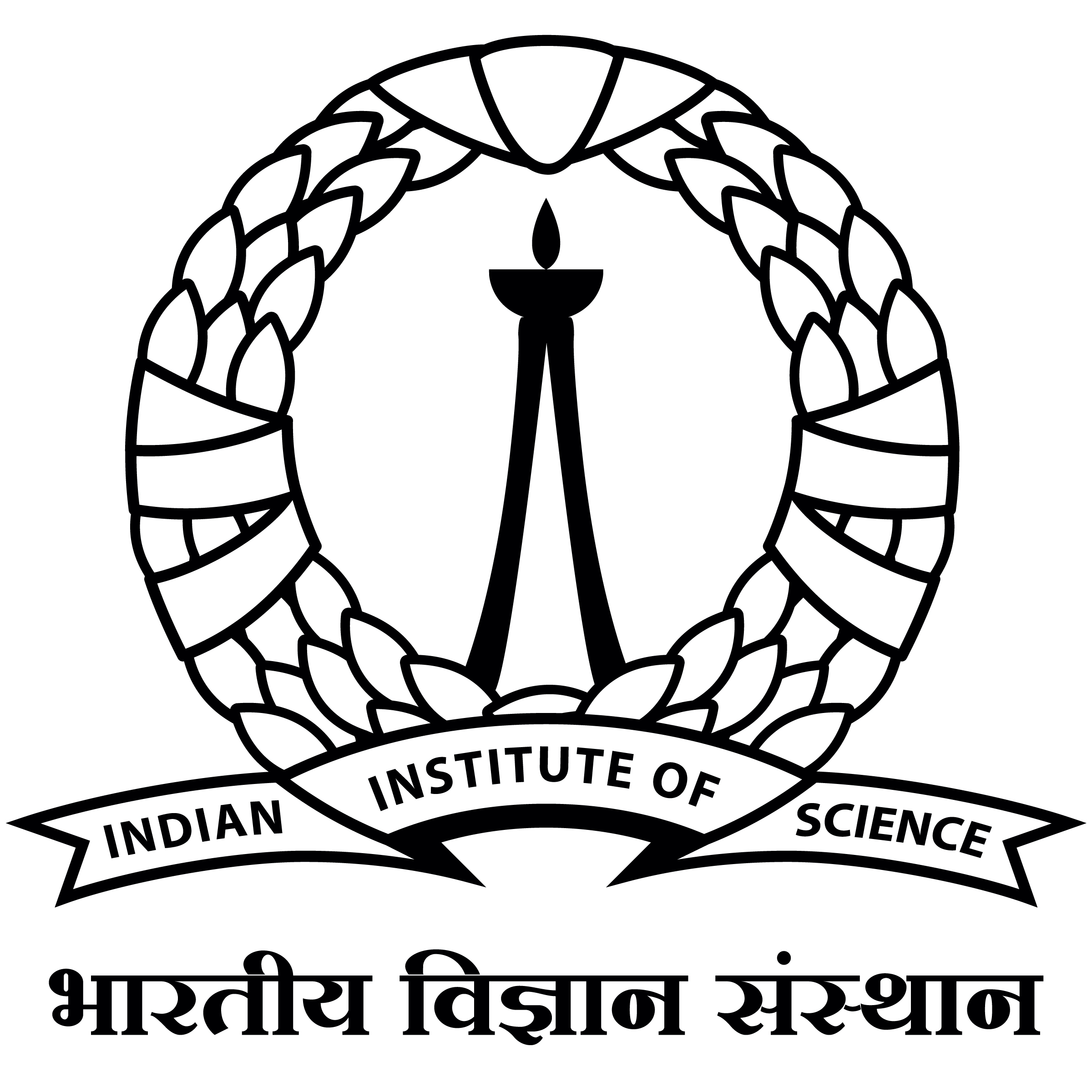Generative Latent Space Dynamics of Electron Density
Modeling the time-dependent evolution of electron density is essential for understanding quantum mechanical behaviors of condensed matter and enabling predictive simulations in spectroscopy, photochemistry, and ultrafast science. Yet, while machine learning methods have advanced static density prediction, modeling its spatiotemporal dynamics remains largely unexplored. In this work, we introduce a generative framework that combines a 3D convolutional autoencoder with a latent diffusion model (LDM) to learn electron density trajectories from ab-initio molecular dynamics (AIMD) simulations. Our method encodes electron densities into a compact latent space and predicts their future states by sampling from the learned conditional distribution, enabling stable long-horizon rollouts without drift or collapse. To preserve statistical fidelity, we incorporate a scaled Jensen-Shannon divergence regularization that aligns generated and reference density distributions. On AIMD trajectories of liquid lithium at 800 K, our model accurately captures both the spatial correlations and the log-normal-like statistical structure of the density. The proposed framework has the potential to accelerate the simulation of quantum dynamics and overcome key challenges faced by current spatiotemporal machine learning methods as surrogates of quantum mechanical simulators.

